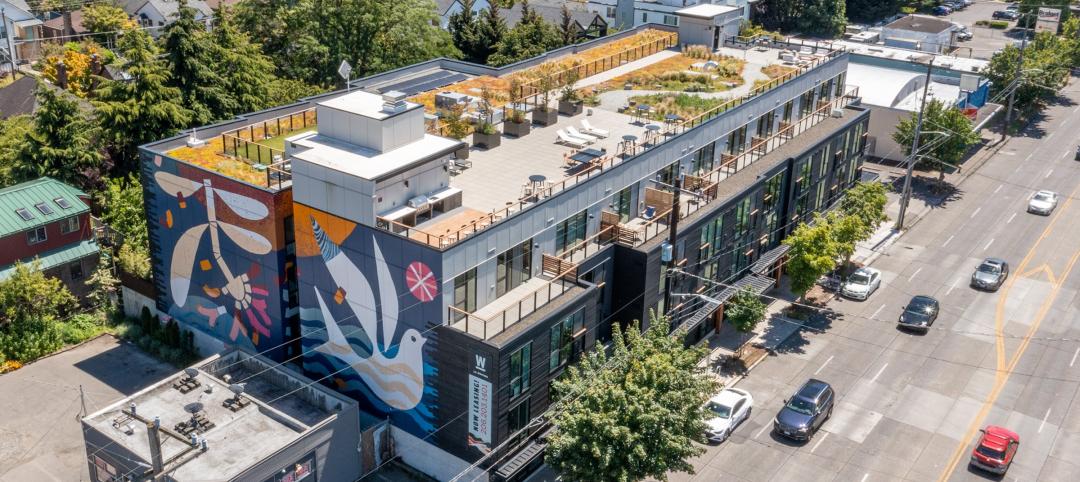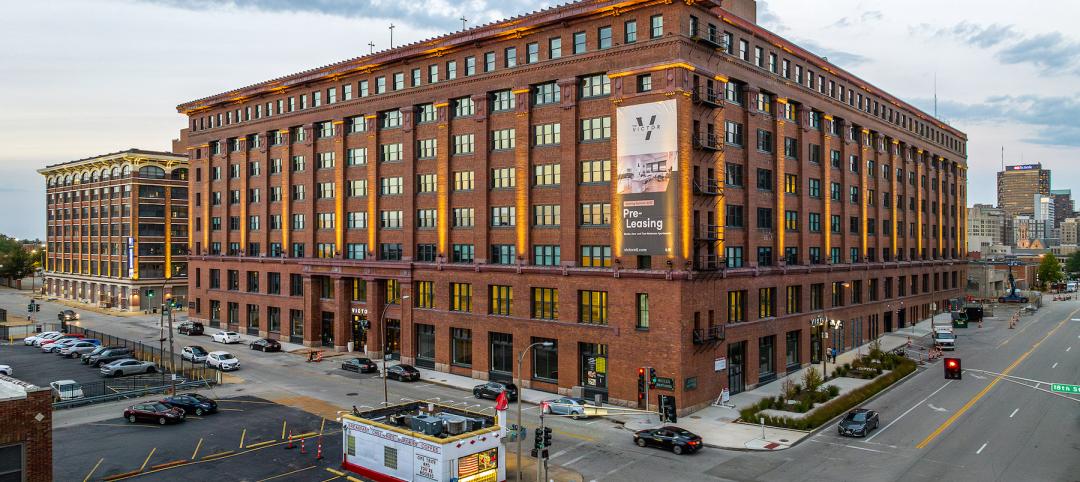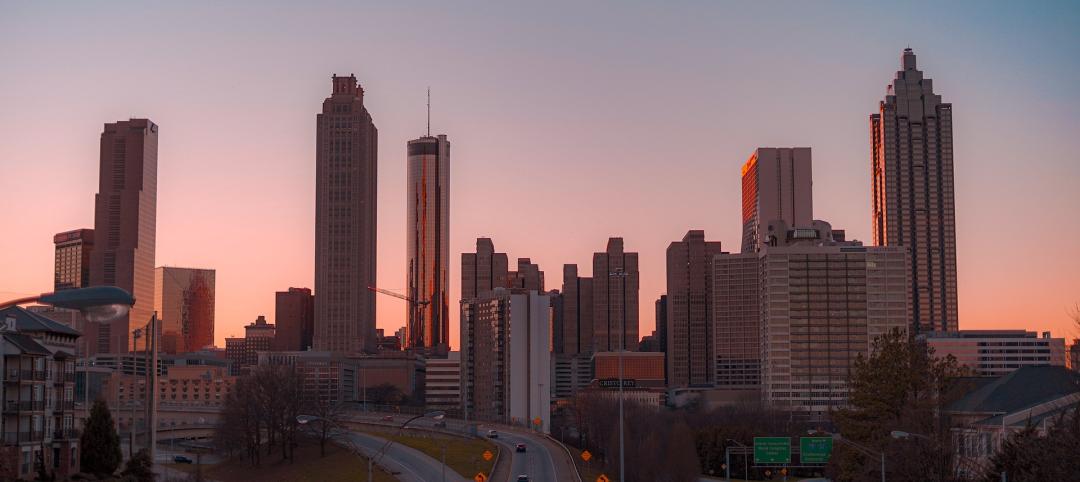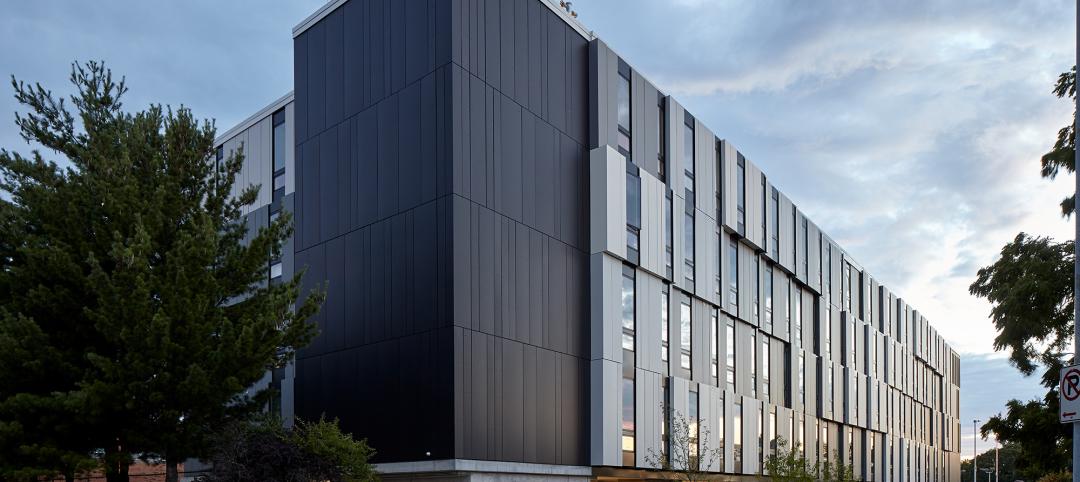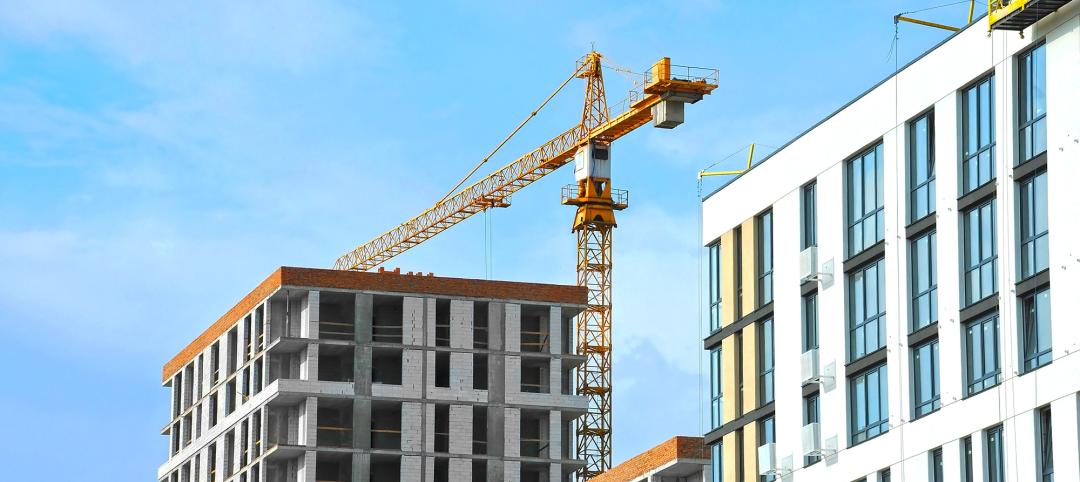States from coast to coast have signed a joint agreement to accelerate the transition to pollution-free residential buildings by significantly expanding heat pump sales to meet heating, cooling, and water heating demand in coming years. The Memorandum of Understanding (MOU), led by the Northeast States for Coordinated Air Use Management (NESCAUM), has been signed by directors of environmental agencies from California, Colorado, Maine, Maryland, Massachusetts, New Jersey, New York, Oregon, and Rhode Island.
Under the MOU, these states have set a shared goal for heat pumps to meet at least 65% of residential-scale heating, air conditioning and water heating shipments by 2030 and 90% by 2040 across the participating states. States will also collaborate to collect market data, track progress, and develop an action plan within a year to support the widespread electrification of residential buildings.
This MOU builds on a September 2023 commitment from the U.S. Climate Alliance’s member states and territories to quadruple heat pump installations by 2030.
Efforts to Transition to Clean Residential Buildings
“Heat pumps and building electrification are the future for healthier homes and a thriving green economy,” said Maryland Department of the Environment Secretary Serena McIlwain. “This multi-state partnership will help Maryland meet its ambitious climate goals and strengthen a coalition of states for cleaner air and better health outcomes.”
Buildings are a hidden source of air pollution, which comes from combustion of fossil fuels in furnaces, boilers, and water heaters. According to NESCAUM, fossil-fueled heating equipment across the participating states emits annually over 138,000 tons of smog-forming nitrogen oxides (NOx) and 6,000 tons of fine particulate matter, causing increased risk of heart attack, asthma events, premature death, and many other adverse health outcomes. Buildings also annually emit 173 million metric tons of CO2 across participating states.
To pave the way for widespread adoption of heat pumps, the agreement emphasizes collaboration with key stakeholders, including heat pump manufacturers and HVAC installers. The transition to efficient electric heating, cooling, and water heating has the support of major market players and manufacturers.
“To achieve our shared decarbonization goals, we need to send an unmistakable signal to the marketplace that zero-emission homes are the future. This agreement does that,” said Matt Rusteika, Director of Market Transformation, Building Decarbonization Coalition. “We applaud NESCAUM and state leaders for a commitment that is ambitious, flexible, and pragmatic.”
To lead by example, states signing the NESCAUM-led MOU committed to promote installation of zero-emission, grid-interactive technologies in existing state buildings. States also seek to direct at least 40% of efficiency and electrification investments to benefit low-income households facing high energy burdens and communities historically burdened with elevated air pollution levels.
A recent letter from business-focused Ceres united 24 businesses, investors, and building owners and operators in stating support to accelerate heat pump adoption. Last year, ten of the nation’s largest manufacturers committed to help California achieve its target of six million heat pumps by 2030.
“State policy is critical to accelerating the adoption of building technologies that are good for the climate and good for business. Initiatives that encourage collaboration across state lines to develop best practices are essential to accelerating this transition,” said Alli Gold Roberts, Senior Director of State Policy, Ceres.
Related Stories
Mixed-Use | Aug 21, 2024
Adaptive reuse of a Sears store becomes luxury mixed-use housing
6 Corners Lofts at 4714 W Irving Park Road, Chicago, Ill., opened in March of 2024 as a 394,000-sf adaptive reuse project born out of a former Sears store.
Multifamily Housing | Aug 21, 2024
Nation's leading multifamily developer expands into infrastructure
Greystar's strategy for infrastructure is driven by the shifting landscape of today's cities—primarily in the increased digitization, urbanization, and transitions to clean energy.
MFPRO+ New Projects | Aug 20, 2024
Seattle workforce housing project inspired by geology of eastern Washington
J.G. Whittier Apartments, a workforce housing project in Seattle uses the geology of eastern Washington as inspiration for the design. The architecture and interior design celebrate geometric anomalies found in nature. At the corners of the building, blackened wood siding “erodes” to expose vibrant murals underneath.
MFPRO+ New Projects | Aug 16, 2024
At 60 stories, the Paramount multifamily development will stand as Nashville’s tallest high rise
When complete, the 60-story Paramount building, at 750 feet high, will be the tallest high rise tower in Nashville, Tenn., surpassing the city’s current record holder, the 617-foot AT&T Building. The $390 million Paramount project recently launched condo sales after securing more than $230 million in construction financing.
Adaptive Reuse | Aug 14, 2024
Adaptive reuse revives a former warehouse in St. Louis
The Victor, as the building is now called, has nearly 400 residential apartments.
MFPRO+ News | Aug 14, 2024
Report outlines how Atlanta can collaborate with private sector to spur more housing construction
A report by an Urban Land Institute’s Advisory Services panel, commissioned by the city’s housing authority, Atlanta Housing (AH), offered ways the city could collaborate with developers to spur more housing construction.
Modular Building | Aug 13, 2024
Strategies for attainable housing design with modular construction
Urban, market-rate housing that lower-income workers can actually afford is one of our country’s biggest needs. For multifamily designers, this challenge presents several opportunities for creating housing that workers can afford on their salaries.
MFPRO+ Research | Aug 9, 2024
Apartment completions to surpass 500,000 for first time ever
While the U.S. continues to maintain a steady pace of delivering new apartments, this year will be one for the record books.
Affordable Housing | Aug 7, 2024
The future of affordable housing may be modular, AI-driven, and made of mushrooms
Demolished in 1989, The Phoenix Ironworks Steel Factory left a five-acre hole in West Oakland, Calif. After sitting vacant for nearly three decades, the site will soon become utilized again in the form of 316 affordable housing units.







